This is an image showing the clouds of Titan.
NASA
Can there be Life in the Environment of Titan?
Titan's atmosphere is a lot like the Earth's, except that it is very cold, from -330 degrees to -290 degrees! Like the Earth, there is a lot of Nitrogen and other complex molecules. There also may be an ocean of methane, or perhaps a liquid water layer
inside the moon. Except for the cold, these signs would be favorable for some sort of life. Some
creatures on Earth are known to live in an environment of very cold water.
In the atmosphere there are layers of clouds composed of complex molecules such as methane. Moreover there is energy from ultraviolet light, and the charged particles of the magnetosphere. This type of environment, aside from the cold, is the kind of environment in which scientists think life began.
Overall, the environment sounds unfriendly to life as we know it on earth, because of the cold. Since not much is known about the moon Titan, up close exploration of this moon, with a probe, as shown in this drawing, would help scientists better understand if life could survive there.
You might also be interested in:
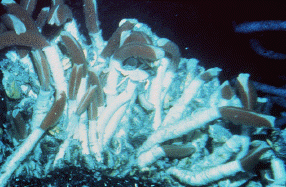
There are many types of living things that are able to live in difficult environments on Earth. The picture to the left shows an example of some of these creatures. These are tubeworms that live at the
...more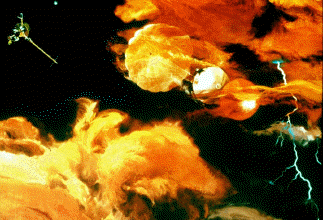
Jupiter's atmospheric environment is one of strong gravity, high pressure, strong winds, from 225 miles per hour to 1000 miles per hour, and cold temperatures of -270 degrees to +32 degrees (freezing temperature).
...more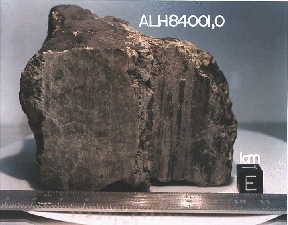
In July, 1996, it was announced that Dr. David McKay, along with a team of scientists at Johnson Space Center (a division of NASA), had discovered possible fossils of bacteria in a meteorite named ALH84
...more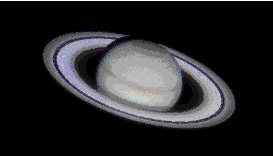
Saturn's atmospheric environment is one of strong gravity, high pressure, strong winds, from 225 miles per hour to 1000 miles per hour, and cold temperatures of -270 degrees to +80 degrees. With winds
...more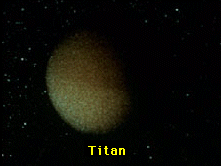
Titan's atmosphere is a lot like the Earth's, except that it is very cold, from -330 degrees to -290 degrees! Like the Earth, there is a lot of Nitrogen and other complex molecules. There also may be an
...more
Autotrophs are organisms that can "make their own food" from an inorganic source of carbon (carbon dioxide) given a source of energy. Most autotrophs use sunlight in the process of photosynthesis to make
...more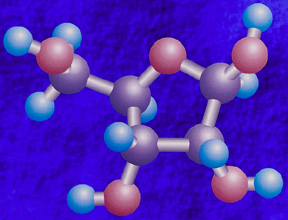
In the warm primordial ocean, aggregates of amino acids, proteins, and other hydrocarbons came together into a form called *coacervates*. Amino acids will spontaneously form coacervates in the same way
...more














